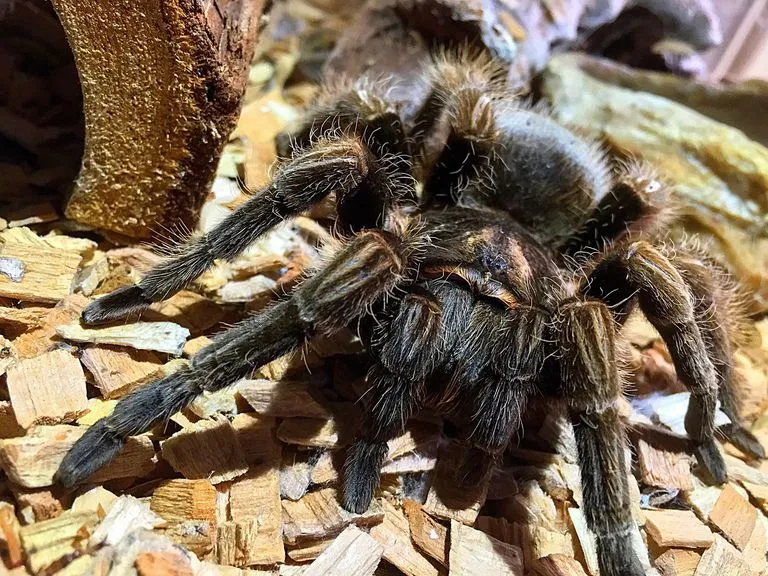What is a Pet Tarantula
A pet tarantula, for those unfamiliar, is a large, hairy spider belonging to the Theraphosidae family. These arachnids are popular pets due to their relatively docile nature, impressive size, and low maintenance requirements. Owning a tarantula can be a fascinating experience, offering a unique opportunity to observe and appreciate a creature rarely encountered in everyday life. These creatures are not native to New York City, their presence in the city is due to their popularity in the exotic pet trade. It is crucial to understand their specific needs and provide a suitable environment to ensure their well-being. Before you get your first tarantula, it’s essential to learn about their different species, care requirements, and legal considerations within NYC.
Tarantula Species in NYC
Several tarantula species are commonly kept as pets in NYC, each with unique characteristics and care requirements. The most popular choices include the Chilean rose hair tarantula (Grammostola rosea), known for its calm temperament and hardiness, making it suitable for beginners. Other popular options include the Mexican red knee tarantula (Brachypelma hamorii), recognized for its striking coloration, and the Pinktoe tarantula (Avicularia avicularia), known for its arboreal lifestyle and vibrant appearance. The selection of the right tarantula is crucial, so research each species to align with your experience and lifestyle. You can discover which species is legal in NYC for ownership.
Choosing the Right Tarantula
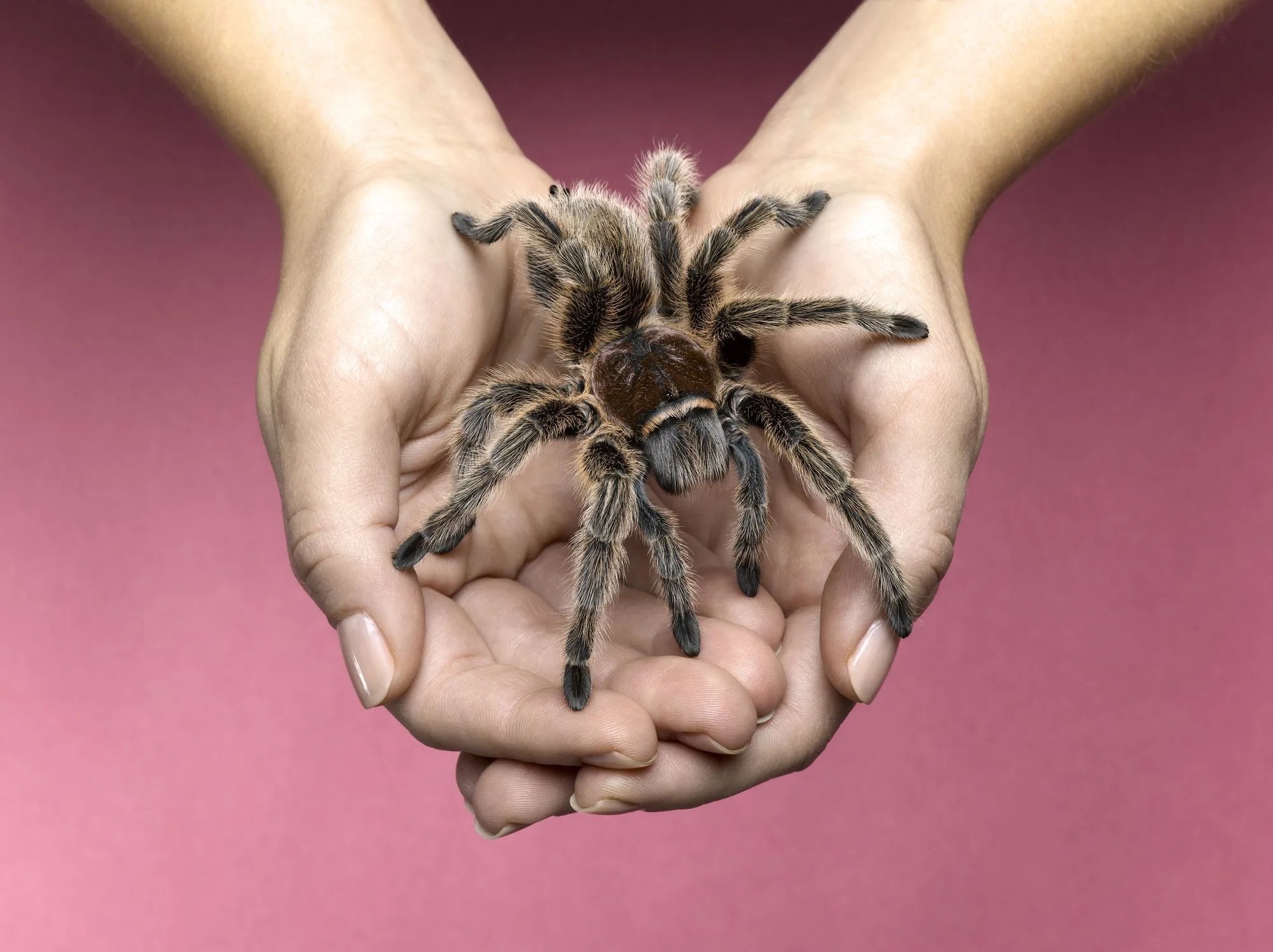
Selecting the right tarantula is essential for a successful pet ownership experience. Consider factors like temperament, size, and care requirements. Beginners should consider docile species like the Chilean rose hair tarantula. More experienced keepers might opt for species with more specialized needs. Research the adult size of the tarantula to ensure you have adequate space for its enclosure. Consider your lifestyle and available time to dedicate to feeding, cleaning, and observation. Proper research ensures you choose a species that you can care for effectively. It helps create a more rewarding and less stressful experience for both you and your tarantula.
Where to Buy a Tarantula in NYC
Finding a reputable source to buy your tarantula is paramount. Several pet stores in NYC specialize in exotic pets, including tarantulas. Ensure the store is clean, the animals are well-cared for, and the staff is knowledgeable. Check online marketplaces or reptile expos in the area, however, exercise caution and verify the seller’s reputation. When buying, observe the tarantula’s behavior; a healthy tarantula is active and alert. Ask about the tarantula’s age, feeding schedule, and species-specific needs. Purchasing from a trustworthy source guarantees a healthier tarantula and ongoing support for its care.
Setting Up Your Tarantula Habitat
A well-designed habitat is crucial for the health and happiness of your pet tarantula. The enclosure should be appropriately sized for the species and its adult size. Glass or plastic terrariums are suitable choices. Avoid using screen-topped enclosures, as they can be difficult to maintain humidity. The enclosure must provide adequate space for the tarantula to move, explore, and feel secure. It should also have proper ventilation. Provide a secure lid to prevent escape and to protect your tarantula from potential hazards. Decorate the enclosure to mimic the tarantula’s natural habitat. This includes hiding places, substrate, and other enrichment items.
Enclosure Essentials
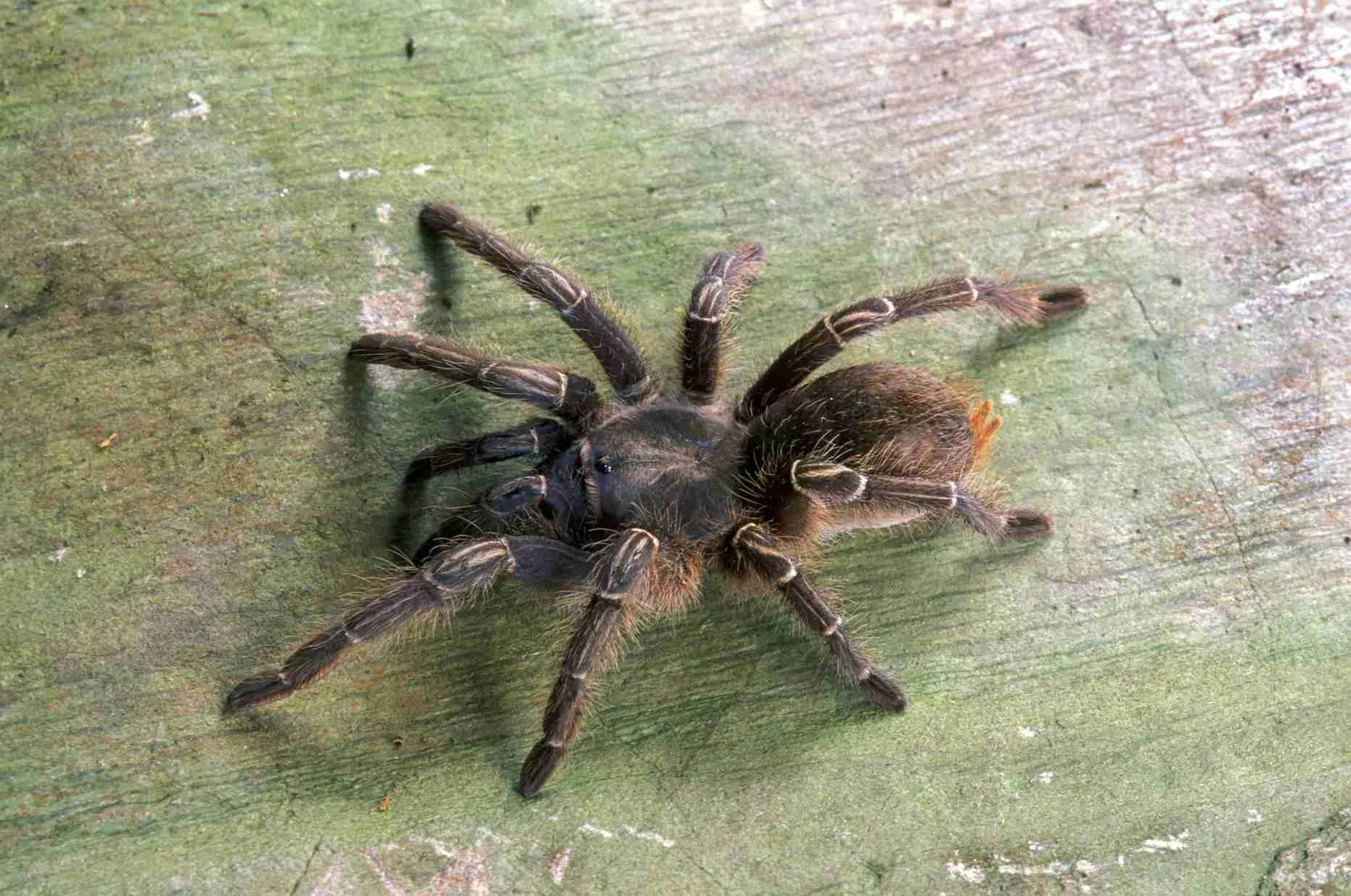
The enclosure for your pet tarantula requires several essential elements to thrive. It is a combination of proper substrate, hiding places, and a water source. The size of the enclosure should be based on the species and its adult size. Ensure that the enclosure is escape-proof. Choose a secure lid. Make sure the enclosure provides good ventilation. Proper ventilation is crucial to prevent mold growth and maintain air quality. The enclosure must also provide the right environmental conditions, including temperature and humidity. Proper placement and layout of the enclosure are critical to ensure the well-being of your tarantula. Be sure the enclosure is located in a secure, quiet area, away from direct sunlight, drafts, and potential hazards.
Substrate Selection
Substrate selection is important in creating a healthy and naturalistic environment for your tarantula. The substrate serves as a base for the enclosure, providing a surface for the tarantula to move on, burrow in (for terrestrial species), and maintain humidity. The best substrate for tarantulas should retain moisture. It helps the tarantula maintain a safe environment. You can use a combination of substrates. Popular choices include peat moss, coconut fiber (eco earth), and vermiculite. Avoid substrates with sharp edges or those that can be toxic if ingested. The depth of the substrate should be appropriate for the species, allowing terrestrial species to burrow. Regularly monitor the substrate for cleanliness and change it as needed to prevent the growth of mold and bacteria.
Temperature and Humidity
Maintaining the correct temperature and humidity levels is crucial for the health and well-being of your tarantula. Most species thrive in temperatures between 75-85°F (24-29°C). Use a thermometer to monitor the temperature within the enclosure. You may need a heat source, like a heat mat or ceramic heat emitter, to maintain these levels. Humidity requirements vary by species, but generally, a humidity level of 60-70% is suitable for many tarantulas. Monitor humidity with a hygrometer. Increase humidity by misting the enclosure or using a water dish. Ensure proper ventilation to prevent excessive humidity, which can lead to mold. Regularly check and adjust these environmental conditions to meet your tarantula’s specific needs. The proper temperature and humidity create a thriving environment.
Feeding Your Pet Tarantula
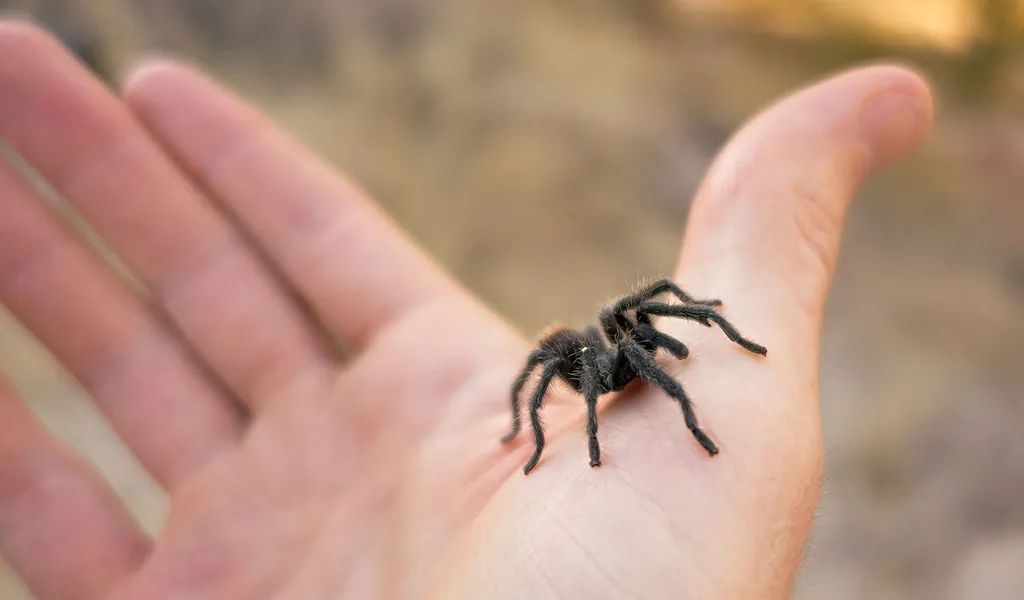
Feeding your tarantula properly is essential to its health and longevity. Tarantulas are carnivores and primarily eat insects. The size and type of food depend on the tarantula’s size and age. Crickets, mealworms, and roaches are common choices. Ensure the insects are gut-loaded before feeding, meaning they’ve been fed nutritious food, to provide the tarantula with the necessary nutrients. Always remove any uneaten food from the enclosure to prevent the buildup of mold or mites. Provide fresh water in a shallow dish at all times. Regular feeding and a balanced diet are essential for the health and development of your pet tarantula. It is important to be patient during feeding as tarantulas can be picky.
What to Feed Your Tarantula
The diet of a pet tarantula consists primarily of insects. The most common food items include crickets, mealworms, superworms, and roaches. The size of the prey should be appropriate for the tarantula’s size. As a general rule, the prey should be no larger than the tarantula’s abdomen. It is crucial to offer a variety of insects to ensure a balanced diet. Gut-load the insects before feeding them to your tarantula. This process involves feeding the insects nutritious food. This provides the tarantula with essential vitamins and minerals. Avoid feeding wild-caught insects, as they may contain parasites or pesticides. You can also feed pre-killed insects to avoid any harm to your tarantula.
Feeding Frequency and Amount
The feeding frequency for your tarantula depends on its age and species. Spiderlings and juvenile tarantulas generally need to be fed more often, typically 2-3 times per week. Adult tarantulas can be fed less frequently, usually once a week or even less. Observe your tarantula’s abdomen size. A well-fed tarantula will have a rounded abdomen. Avoid overfeeding, as it can lead to health problems. The amount of food you offer should be appropriate for the size of your tarantula. Remove any uneaten food after 24 hours to prevent the growth of mold or mites. Adjust the feeding schedule as needed based on your tarantula’s behavior and appetite. These habits are essential for the health of your pet tarantula.
Handling and Safety
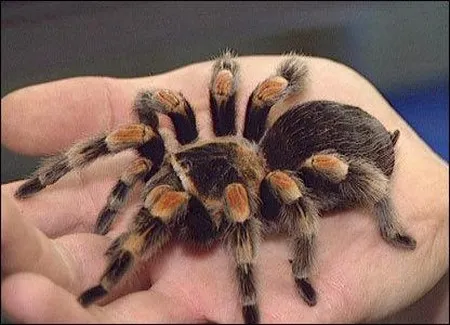
Handling a tarantula should be done with caution and respect. Tarantulas are generally not aggressive, but they can bite if they feel threatened. Avoid handling your tarantula unless necessary. If you must handle it, do so gently and slowly. Never drop or squeeze the tarantula. Always wash your hands thoroughly before and after handling. Be aware of the tarantula’s defensive behaviors, such as raising its front legs or flicking hairs (urticating hairs). These are signs that the tarantula feels threatened. Teach children about tarantula safety. Proper handling and safety practices ensure the well-being of the tarantula.
Safe Handling Practices
Handling your tarantula should be minimized and done only when necessary, such as during enclosure cleaning or health checks. If handling is required, approach the tarantula slowly and calmly. Gently coax the tarantula onto your hand. Support the tarantula from underneath, preventing falls. Handle the tarantula over a soft surface, such as a bed or the ground, to minimize injury if it falls. Be aware of the tarantula’s behavior and body language. Avoid handling a tarantula that is molting, as it will be vulnerable and more prone to injury. Always supervise children when they are near the tarantula. This process protects both the handler and the tarantula.
Recognizing Signs of Illness
It is important to be able to recognize signs of illness in your tarantula. Common indicators of health problems include a lack of appetite, lethargy, and unusual behavior. Watch for changes in the tarantula’s posture or movement. This includes twitching or difficulty moving. Check for any visible signs of injury, such as cuts or swelling. Examine the tarantula for parasites. If you notice any of these signs, consult with a veterinarian experienced in exotic animals. Early detection and treatment of health issues can significantly improve the outcome. A healthy tarantula should be active and alert. It should have a good appetite and exhibit normal behaviors.
Common Health Issues in Tarantulas
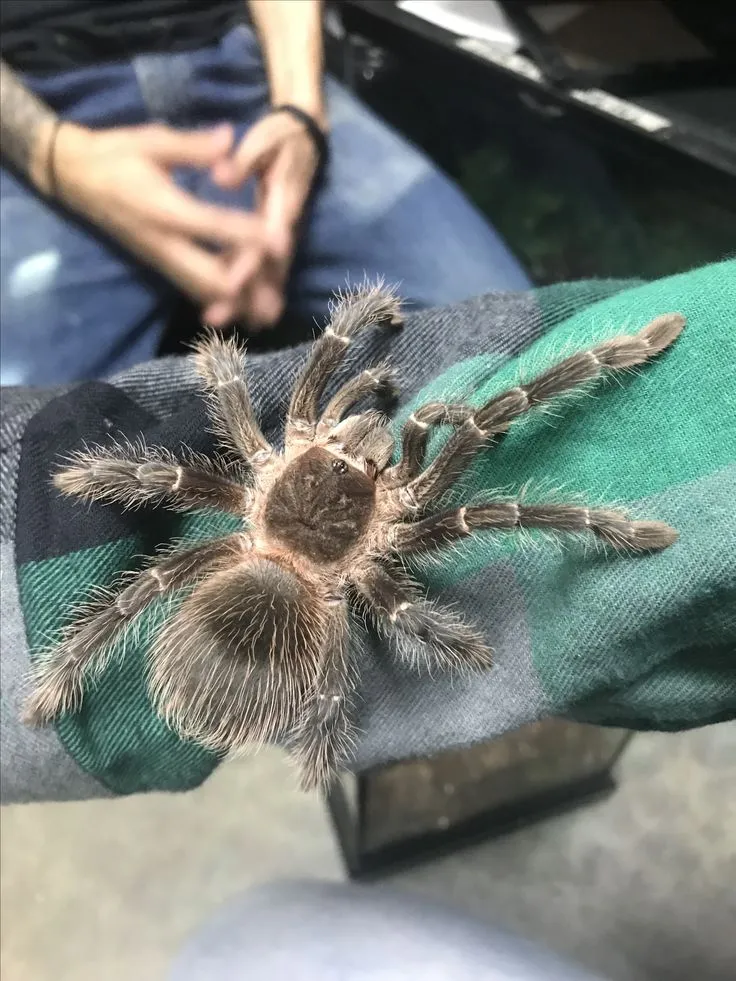
Tarantulas, like all animals, can be susceptible to certain health issues. These include external parasites, such as mites. These can infest the tarantula. Another issue is fungal infections, which can develop in humid enclosures. Internal parasites are another possibility. Some tarantulas experience problems with molting, where they fail to shed their exoskeleton properly. Nutritional deficiencies can also lead to health problems if the tarantula does not receive a balanced diet. Quarantine any new tarantula to observe them for signs of illness. Seek advice from an experienced veterinarian. Regular observation of your tarantula helps keep the pet healthy.
Tarantula Breeding in NYC
Breeding tarantulas is a more advanced aspect of tarantula ownership. It requires careful planning, research, and specific knowledge. To successfully breed tarantulas, you will need a male and female of the same species. Ensure that the tarantulas are healthy and mature before attempting to breed them. The process involves introducing the male to the female’s enclosure. The male will attempt to mate with the female. If successful, the female will lay an egg sac. The egg sac needs to be incubated under specific conditions. The incubation period and the number of spiderlings vary by species. Breeding tarantulas requires significant time and effort. You must have the necessary resources to care for the spiderlings. The best recommendation is to seek guidance from experienced breeders.
Legal Considerations for Owning a Tarantula in NYC
Before bringing a tarantula into your home, it is essential to understand the legal considerations for owning exotic animals in NYC. Regulations may vary depending on the specific species. Research local ordinances and guidelines. Some species may be prohibited or require special permits. It is important to be aware of any restrictions and regulations. Non-compliance can lead to penalties. Contact your local authorities or animal control. Verify the legal status of the tarantula you intend to own. Responsible pet ownership includes knowing and following all applicable laws. Understanding these legal aspects is crucial for a smooth and legal experience.
Owning a pet tarantula in NYC can be a rewarding experience, but it comes with responsibilities. Understanding the specific needs of tarantulas, providing appropriate care, and adhering to local regulations are essential. By following this guide, you will have the knowledge and resources to be a responsible and successful tarantula owner.
